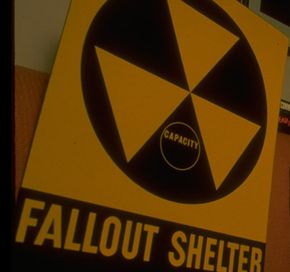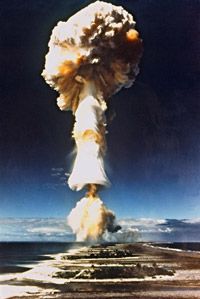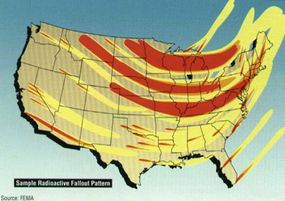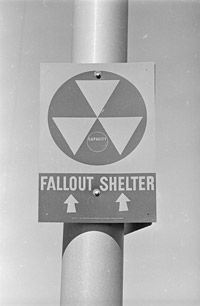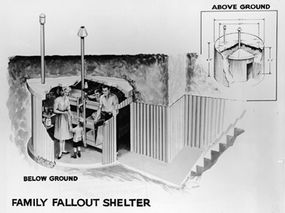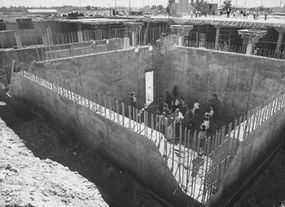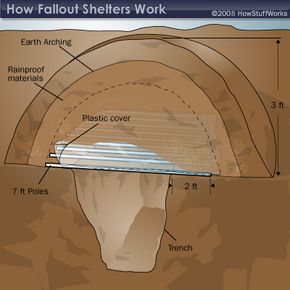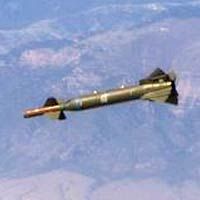After the fall of the Berlin Wall in 1989 and the dissolution of the Soviet Union, the fear of all-out nuclear war between the United States and Russia mostly faded away. The Cold War had made American citizens constantly aware of the possibility of an attack, and each presidential administration brought new kinds of urgency to the matter. President John F. Kennedy, for instance, urged Congress to provide more than $100 million for the construction of public fallout shelters, and when he advised Americans to build their own bomb shelters, millions of families followed suit. But the easing of tensions between the two superpowers by the turn of the century seemed to erase the possibility of nuclear annihilation.
If you pay any attention to the news these days, however, you might think we're on the brink of another nuclear arms race. After surprising the world in 2006 by conducting underground nuclear tests, North Korea reluctantly dismantled its nuclear facilities in 2007. Iran resumed nuclear activities in 2005, and although reports suggest the country isn't close to building a bomb, it may be able to complete one between 2010 and 2015. And as of March 2008, the world's nuclear stockpile has yet to diminish -- the U.S. has a total of 9,938 nuclear warheads, while Russia has 20,000 [source: Global Politician].
Advertisement
As fears of nuclear disaster increase, so do the number of bomb shelters. In case of an attack, some people feel more comfortable with their own refuge that would protect them from the harmful effects of a nuclear explosion. Some people pay professional companies to build bomb shelters, many of which have state-of-the-art materials to withstand an attack and help those inside survive.
But what if you don't have the money to have someone build a bomb shelter for you? Or worse, what if you don't have any time? If a sudden warning or attack occurs, and there isn't a shelter nearby, is there anything you can do to protect yourself and others around you? In this article, we'll look at how a fallout shelter increases chances of survival during a nuclear attack.
